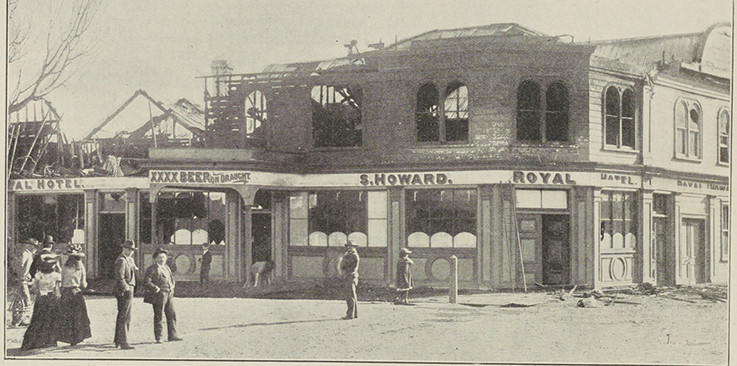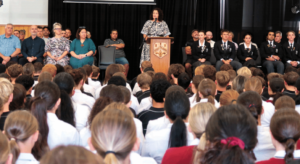As part of a Valley Profile series, MEGHAN HAWKES searches through old newspapers to bring you the stories Thames Valley locals once read about themselves.
1870
The telegraph which was intended to connect Auckland and Thames was rapidly spreading its magic wires across the country and would soon make its appearance at the Piako side of the Firth of Thames. Two large turrets were to be built there, and two on the swamp land opposite, near Shortland, to carry the wires across the channel of the Waihōu River. The turrets were to be ninety feet at the base, so that they would serve as land marks or beacons for vessels passing underneath.
An application for a bush licence to run a hotel at Miranda was refused on the grounds that accommodation would not be provided. The Justices were not satisfied that Miranda even required a hotel. There was also the problem of the district being beyond the control of the police, no policeman being stationed within thirty miles. Change was in the air though, with the discovery of a coal seam in the bed of a creek near the Miranda Redoubt. A sample was brought over to Shortland to be tested.
It gave five and a half hours good steam for a seven head battery, burnt quick and fierce, had no clinker and was likely to be better at a greater depth. It was far superior to Whangārei coal, but not as good as that of the Bay of Islands. It was very suitable for Cornish boilers, and had no sulphur. The results were encouraging and there were hopes for a prosperous coalfield. The property consisted of 7000 acres, a magnificent kauri forest and a very large tract of flax land. Good specimens of copper had also been picked up in the neighbourhood of the coal pit. It was the intention of the proprietors to form a company to work the coal, flax and timber.
The amusing and interesting spectacle of a real baby show was enjoyed by the patrons of Thames’ Theatre Royal at the conclusion of the drama ‘Miriam’s Crime.’ When the curtain rose, there were 21 mothers or nurses seated on the stage, each holding a child. They appeared to be a fine lot of healthy, clean children, and were neatly dressed. They had the good taste not to squall.
Drs Croft and Sam officiated as judges, and awarded the first three prizes. The first prize, a beautiful plated silver teapot, sugar basin, and toast rack, was awarded to Mrs Thompson’s little boy, aged six months.
The second prize, a round chimney clock and a child’s frock, was given to Mrs Huxter’s little girl, aged nine months, and the third prize, a pair of beautiful China vases and another child’s frock, was given to Mrs Wetton’s little girl, aged eight months. Each of the other children got handsome presents, some of which were almost as valuable as the main prizes, and the whole exhibition was an entertaining one.




